by Sinem Kargin, Science Advisor for Laguna Greenbelt, Inc.
Why should we coexist with coyotes in urban and suburban settings?
The identity of the animal source of the coronavirus is still unknown. Many species are suggested as possible sources due to the similarity of its genetic sequence to those of other known coronaviruses such as bats, pangolins (long-snouted, ant-eating mammals), and snakes. This epidemic made many city residents question how they should act when they encounter wildlife in their backyards, neighborhood, and adjacent parks or open spaces. Although close contact with wildlife may increase the risk of known or novel infectious diseases among human communities, their presence is also essential for healthy ecosystems, which does not require close contact at all. There are a lot of reasons why humans should coexist with top predators in urban and suburban settings. Today, I am going to address some of these reasons in the hope of increasing awareness of these reasons.
A food chain shows how each living thing gets food, and how nutrients and energy are passed from creature to creature; it begins with plants (at the bottom of the food chain) and ends with top predators (at the top of the food chain). Top predators have no natural predators. Mountain lions, bobcats, and coyotes are considered the remaining top predators in coastal southern California. These top predators play essential roles in balancing the number of mesopredators (the mid-ranking predator in the food chain), which typically prey on smaller animals (Figure 1). When top predators are taken out of the food web by human causes, the number of mesopredators increases (Crooks and Soule 1999). This increase results in significant consequent changes in the food chain. For example, mesopredators reduce the number of strategic bird pollinators and thus reduce biodiversity among native grasses and shrubs in the region (Soule et al. 1988; Soule and Terborgh 1999). Altered native plant communities in the area also change the fire frequency, invasion of nonnative plants along with favorable soil features (e.g., decreased soil moisture, altered soil microorganisms.) (Chapin et al. 2000). On top of these, climate change exacerbates the situation even further due to abnormal alterations in seasons (e.g., longer wet seasons or droughts) and overall temperature, which expands the dispersal rate of infectious diseases in general. For instance, Soverow et al. (2009) showed in their studies that there is a close connection between the overall increased maximum weekly temperature and the dispersal of West Nile virus (WNV) in California.
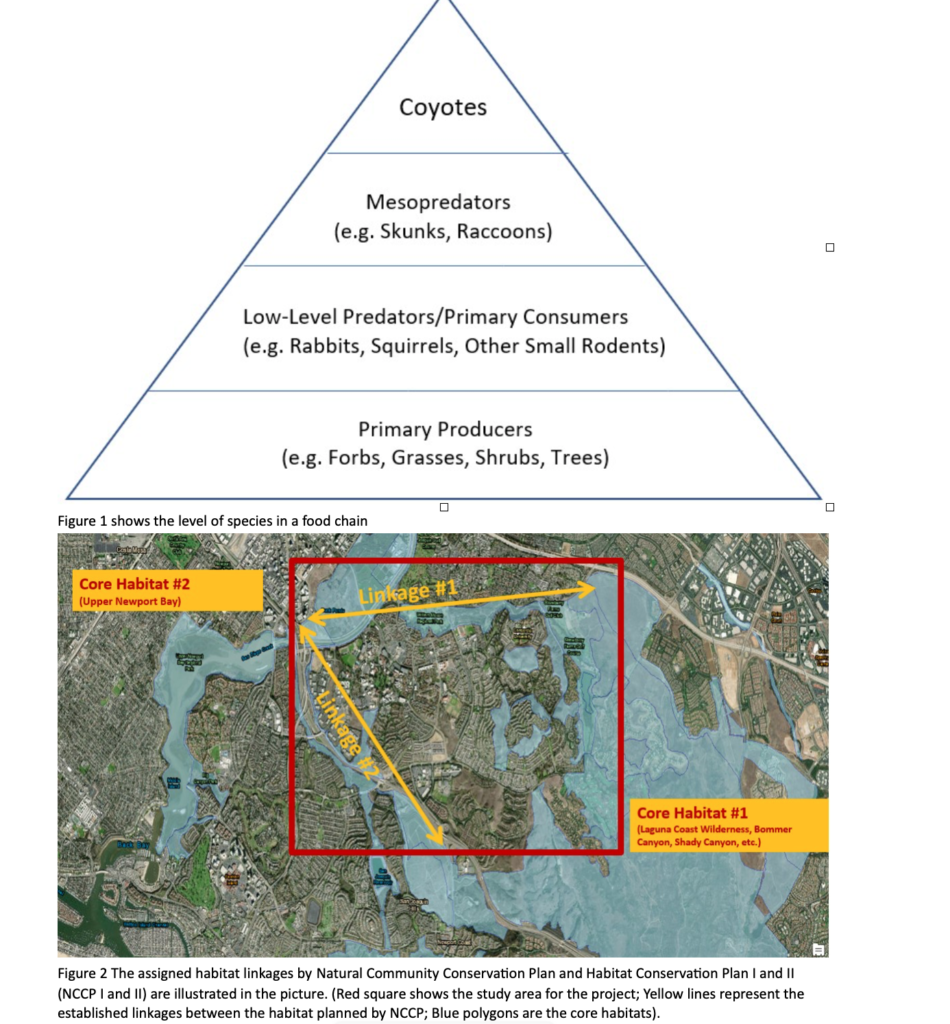
Unbalanced food chain interaction also increases the emergence of infectious diseases driven by changes in the host and non-host community interactions in the food chain; for instance, the current increase in Lyme disease emergence due to the century-long population recovery of deer (Levi et al. 2012). Given the importance of all the links in the local food chain, we must ask ourselves how can we possibly coexist with the top predators, yet prevent conflicts with them and avoid possible disease agents in urban areas? Many scientists, policymakers, profit, and non-profit organizations try to answer this question to provide a healthy ecosystem to the communities in inner and outer cities.
Many large predators are either extinct or facing extinction in urban settings (Crooks 2002). Mountain lions and bobcats are both currently facing extinction in the coastal southern California region. Yet, coyotes have managed to survive and flourish despite rapid human development. Their intelligence, resourcefulness, and the disappearance of wolves, which reduced the competition between the wolves and coyotes (Benson and Patterson 2013), play a significant role in their success. Coyotes expanded their range in every state in the United States (except Hawaii) since 1900 (Berg and Chesness 1978).
Typically, coyotes are elusive animals that avoid contact with humans. They are most active after dusk and before daylight and usually seen only at a distance. However, some coyotes have adapted to parks, open spaces, and residential areas so well, it seems like they have lost their fear of humans. In turn, this yielded an increase in sightings in inner cities. Although most of the sightings in urban settings are harmless, some people developed strong negative opinions toward these animals anyway. The hysteria mainly stems from ‘possible’ attacks to humans and/or their free wandering pets. City dwellers are calling and harassing local animal control authorities to act upon frequent coyote sightings in their communities because they feel ‘threatened’ by these animals without understanding the consequences of their actions. Lack of knowledge about these animals plays an essential role in this behavior. If people know that there are only two known fatalities due to coyote attack (one in California in 1981 and the other in Canada in 2009) (Baker and Timm 2017, they might act differently.
Food set out continually for a pet, fallen fruit left in the yard, a small dog running off-leash, a free wandering cat in the neighborhood, or a bird feeder stocked year-round are the ‘easy’ food sources that bring the coyotes to backyards and neighborhoods. However, many effective and eco-friendly measurements can be taken to minimize or eliminate the possible attacks within the urbanized areas. For example, securing garbage containers, installing coyote-proof fencing, and keeping pet foods indoor can be considered one of the most useful small-scale individual preventive measurements that can be taken by urban residents. On the other hand, allocating wildlife corridors (i.e., linkages) among the core habitats in urban settings can be considered the most effective large-scale preventive action that can be taken by cities or states. For example, the City of Irvine allocated two wildlife corridors in 1996 as a state and federal effort around the University of California Irvine Campus to connect two main core habitats in the area– Upper Newport Bay and Laguna Coast Wilderness (Figure 2). Effective wildlife corridors in urban settings are the most beneficial way to allow these animals to coexist with humans without putting the nearby communities in danger. Currently, I am assessing the effectiveness of these established wildlife corridors in Irvine as my capstone project in the Masters of Conservation and Restoration Science Program. With my study, I aim to change the negative perception of these animals in society. Also, I hope to pinpoint which factors (e.g., lack of fencing along the corridors) reduce the effectiveness of these established corridors and, therefore, result in frequent animal coyote sightings in neighborhoods, parks, and parks and open spaces in the city.
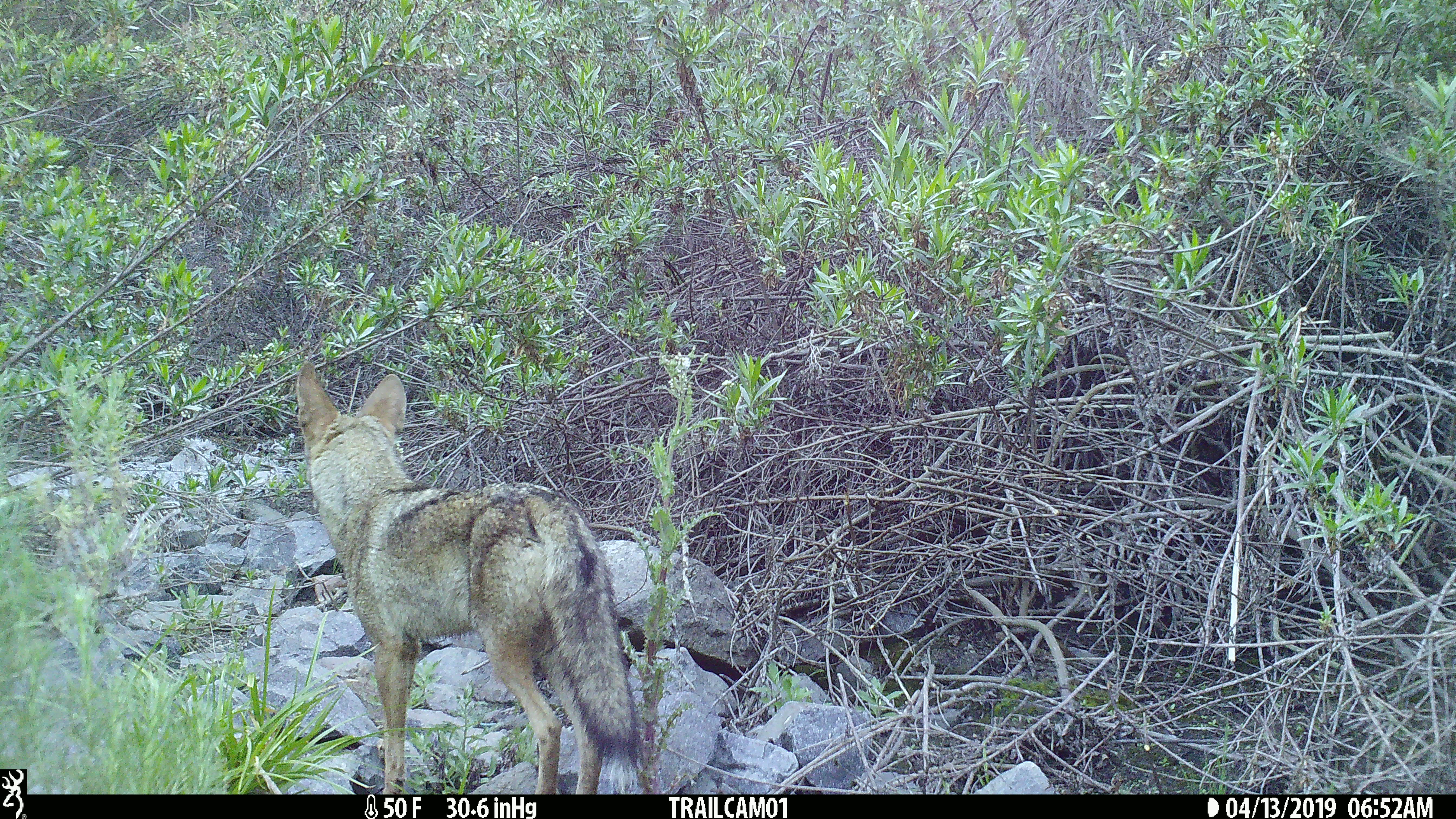
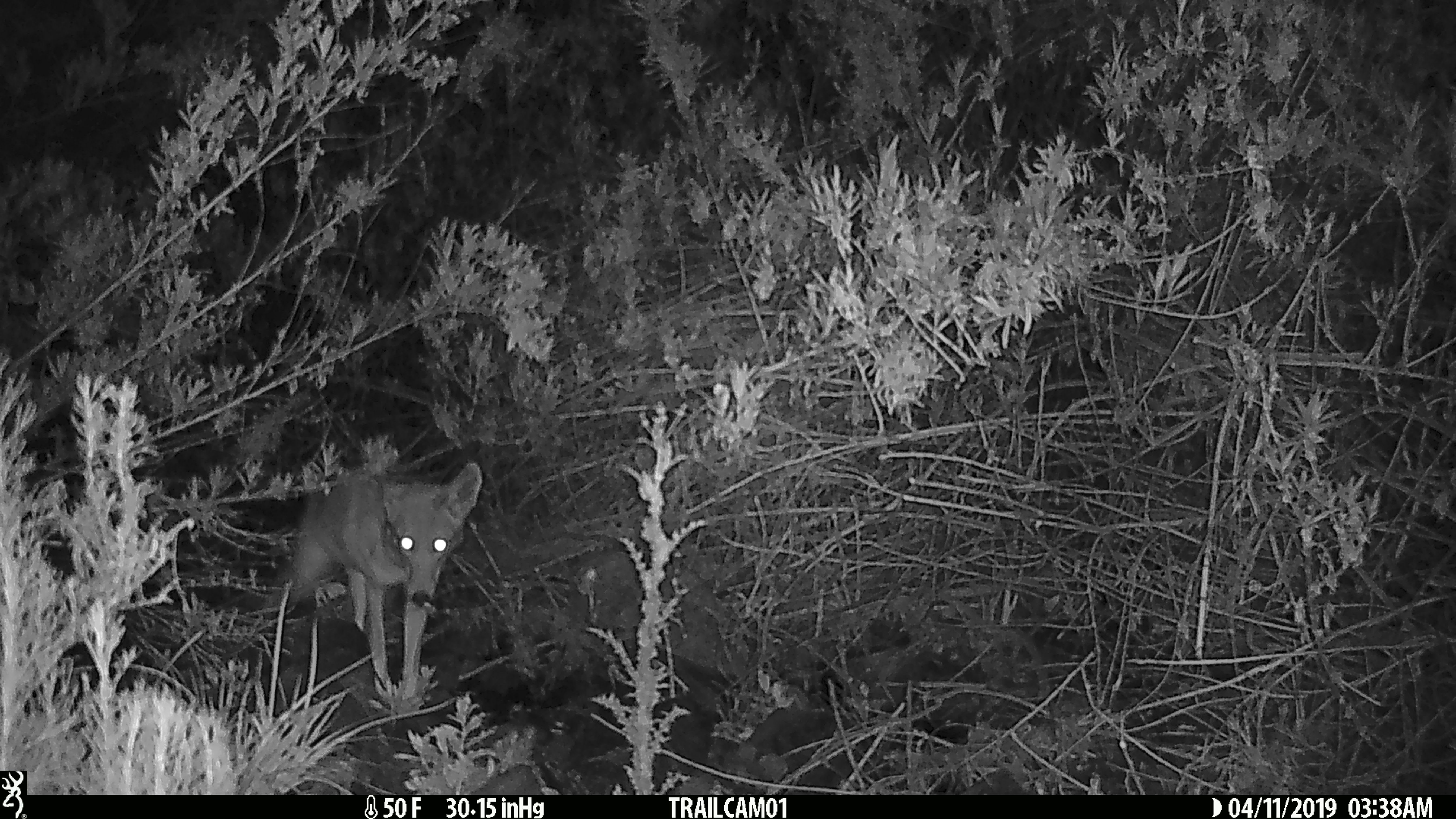

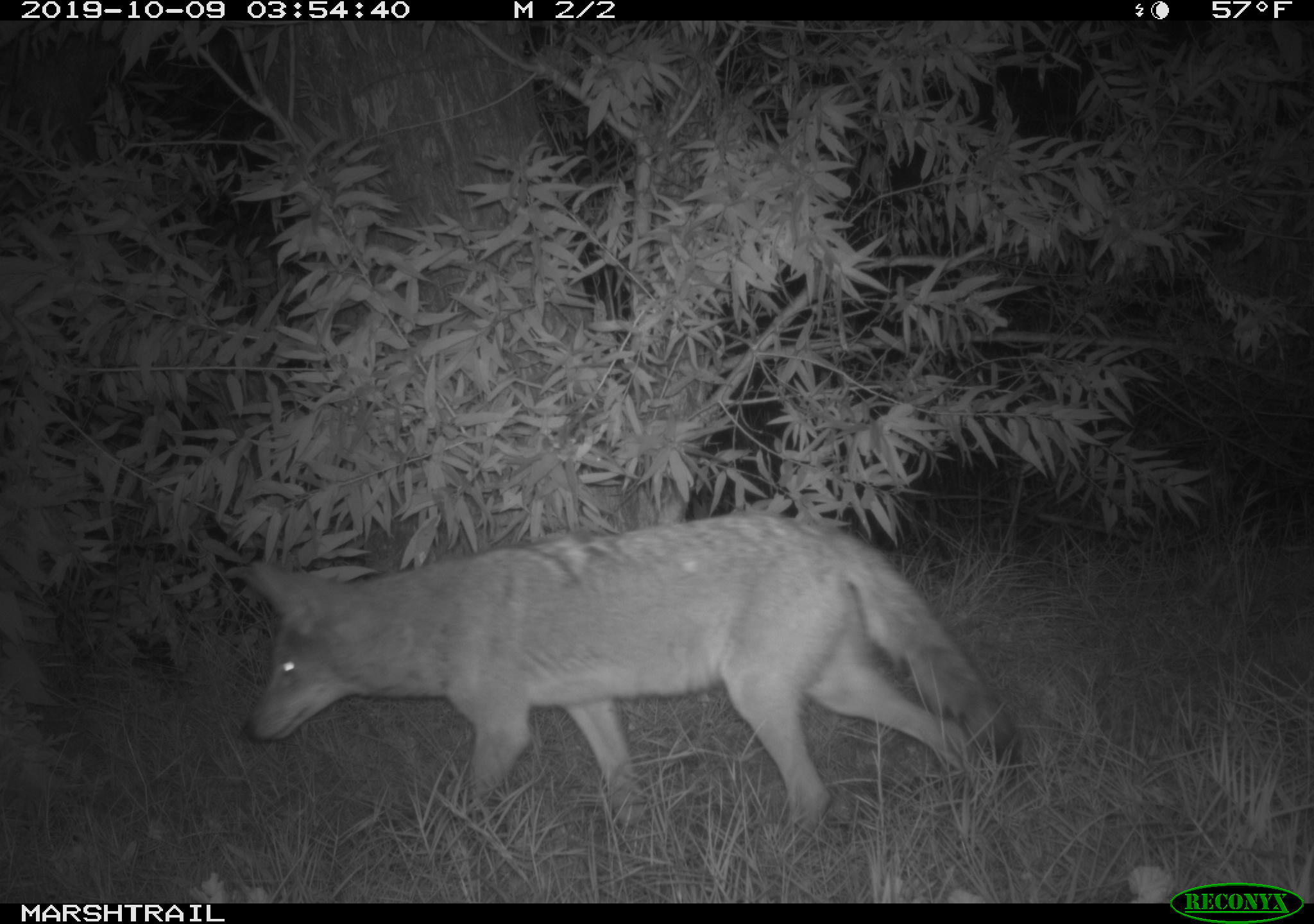

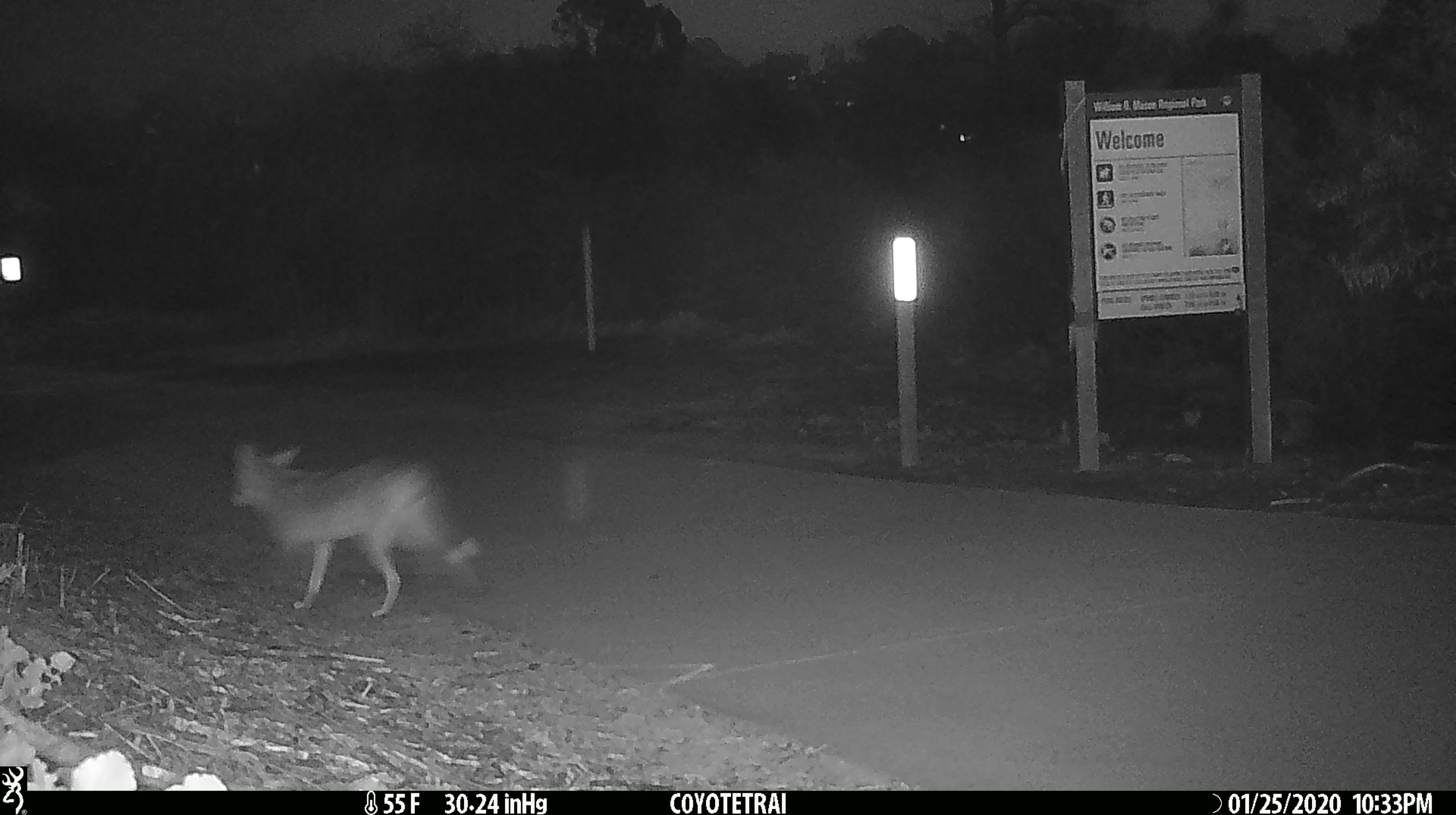

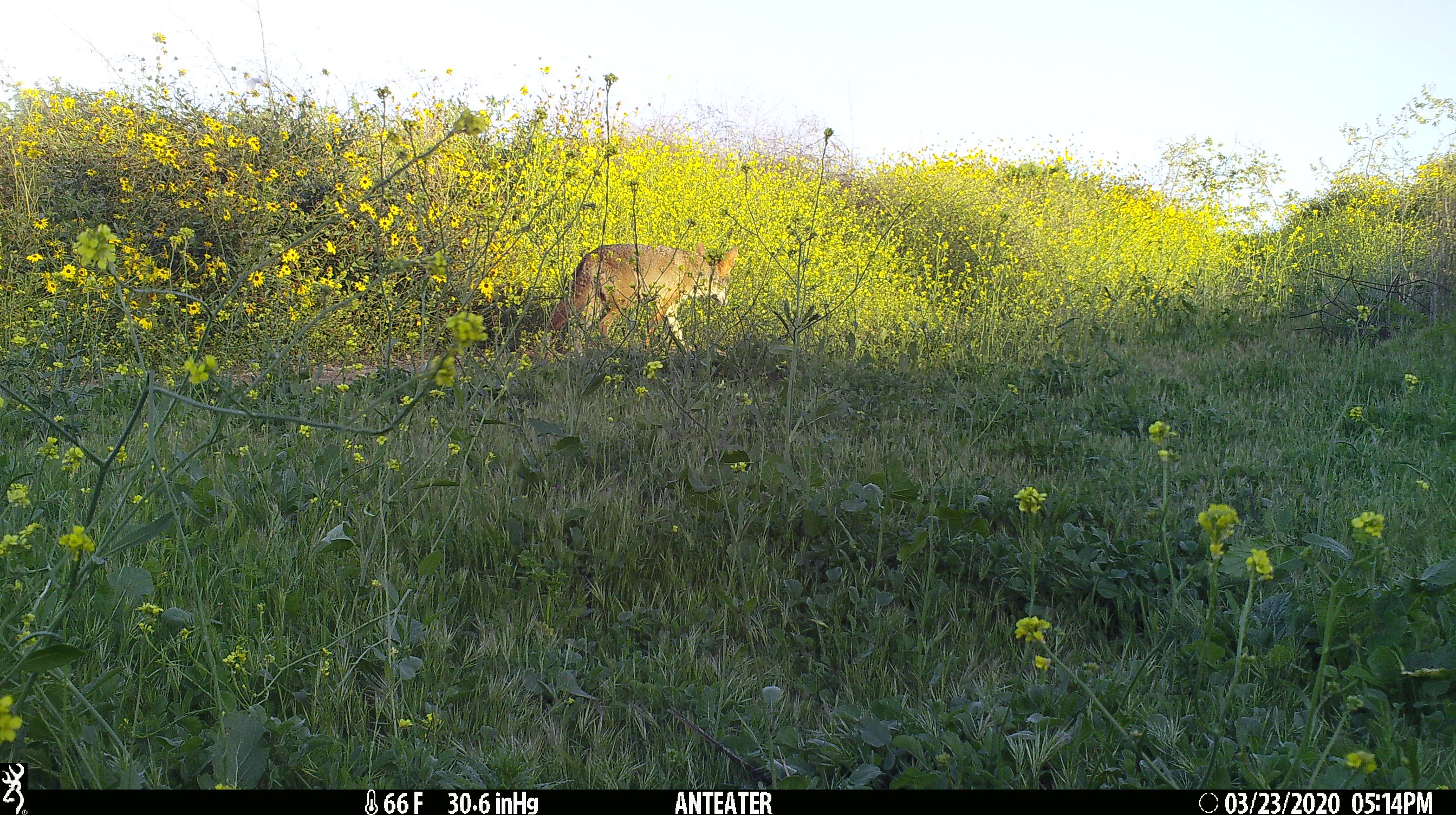

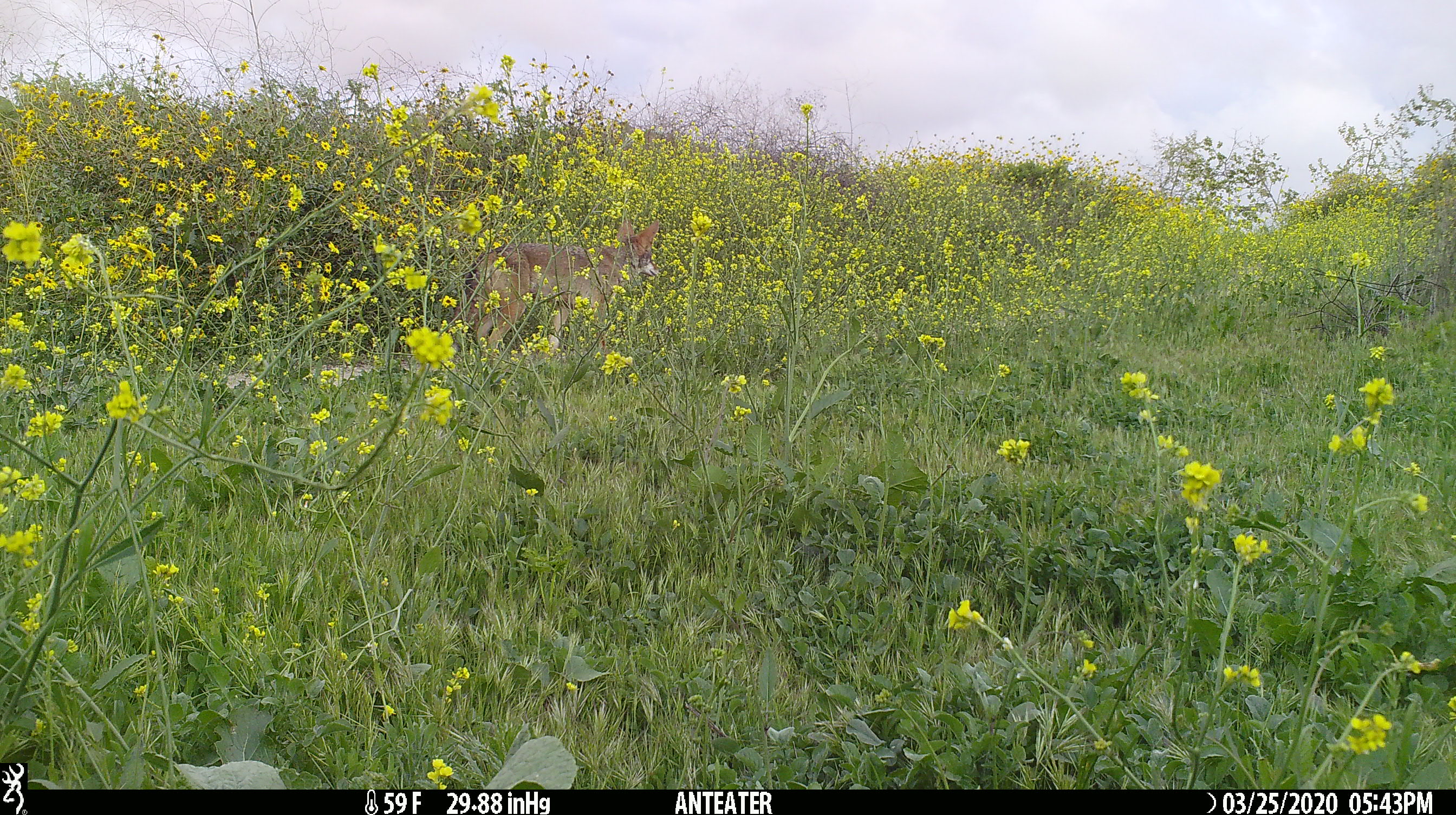
At present, there is no known infectious disease spread associated with coyotes in coastal southern California. However, we know that the number of top predators and the variation in their behaviors can strongly shape pest suppression in a region. As individuals, we have to educate ourselves before we put pressure on local animal control authorities for the sake of self-sustaining ecosystems and healthy communities in and outer cities. Otherwise, the removal of coyotes from (by humans) the ecosystem would create a ‘cascade’ effect that would eventually lead to an outbreak because of the increased number of rodents under the absence of top predators.
Citations
- Baker, R.O., & Timm, R. (2017). Coyote Attacks on Humans, 1970-2015: Implications for Reducing the Risks.
- Benson J, Patterson BR, 2013. Interspecific territoriality in a Canis hybrid zone: Spatial segregation between Wolves, Coyotes, and Hybrids. Oecologia. http://dx.doi.org/10.1007/s00442-013-2730-8
- Berg WE, Chesness RA, 1978. Ecology of coyotes in northern Minnesota. In: Coyotes: biology, behavior and management [ed. by Bekoff, M.]. New York, USA: Academic Press, 229-247.
- Chapin, F. S. et al. Consequences of changing biodiversity. Nature 405, 234–242 (2000).
- Crooks, K. R. & Soulé, M. E. 1999. Mesopredator release and avifaunal extinctions in a fragmented system. Nature, 400, 563-566.
- Crooks, K. R. 2002. Relative sensitivities of mammalian carnivores to habitat fragmentation. Conservation Biology 16:488-502.
- Levi, T., Kilpatrick, A. M., Mangel, M., & Wilmers, C. C. (2012). Deer, predators, and the emergence of Lyme disease. Proceedings of the National Academy of Sciences of the United States of America, 109(27), 10942–10947. https://doi.org/10.1073/pnas.1204536109
- Soulé, M. E. & Terborgh, J. 1999. Continental Conservation: Scientific Foundations of Regional Reserve Networks. Washington, D.C.: Island Press
- Soulé, M. E., Bolger, D. T., Alberts, A. C., Wrights, J., Sorice, M. and Hill, S. (1988), Reconstructed Dynamics of Rapid Extinctions of Chaparral‐Requiring Birds in Urban Habitat Islands. Conservation Biology, 2: 75-92. doi:10.1111/j.1523-1739. 1988.tb00337.
- Soverow JE, Wellenius GA, Fisman DN, Mittleman MA. Infectious disease in a warming world: how weather influenced West Nile virus in the United States (2001–2005) Environ Health Perspect. 2009;117:1049–1052.


Leave A Comment